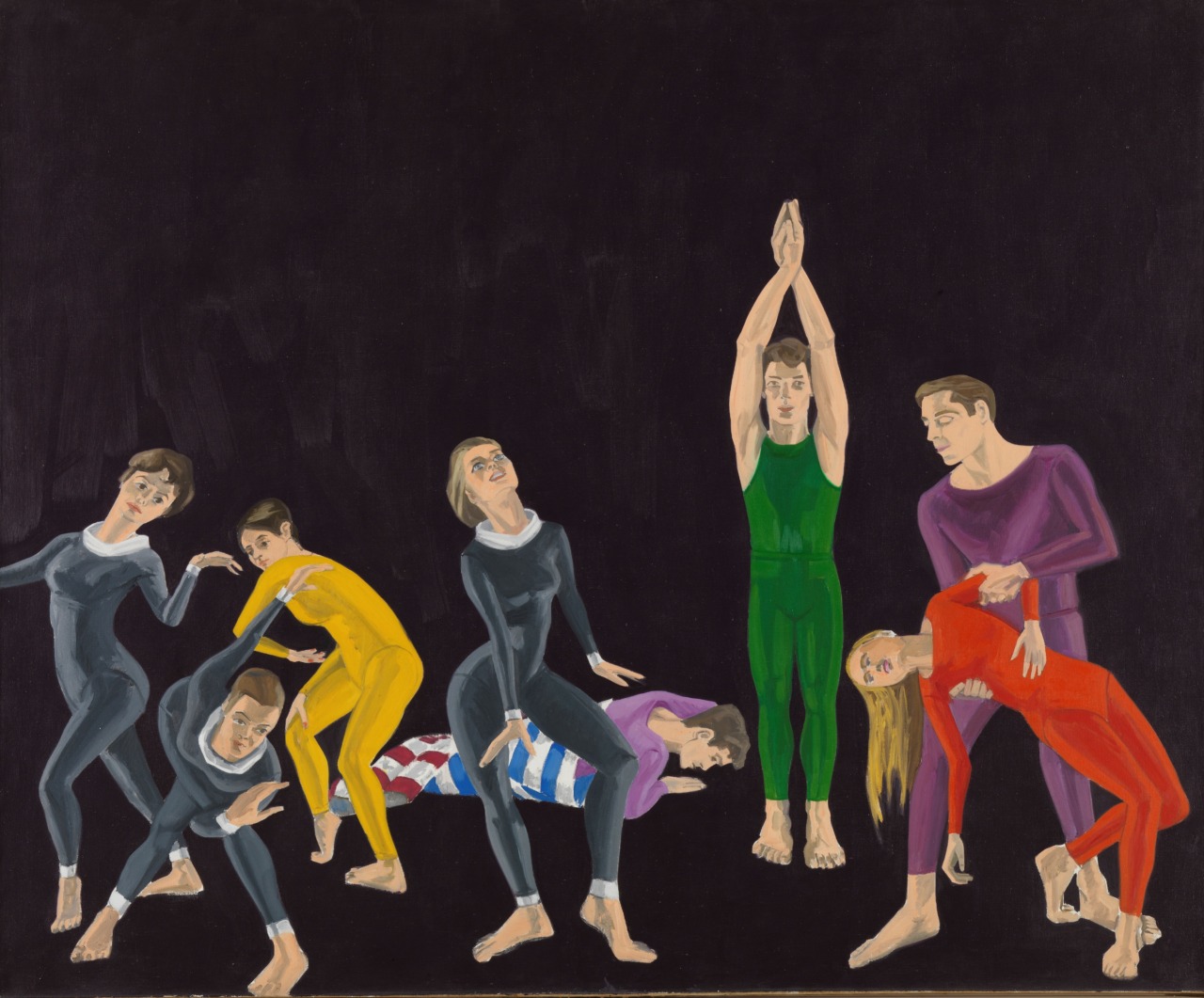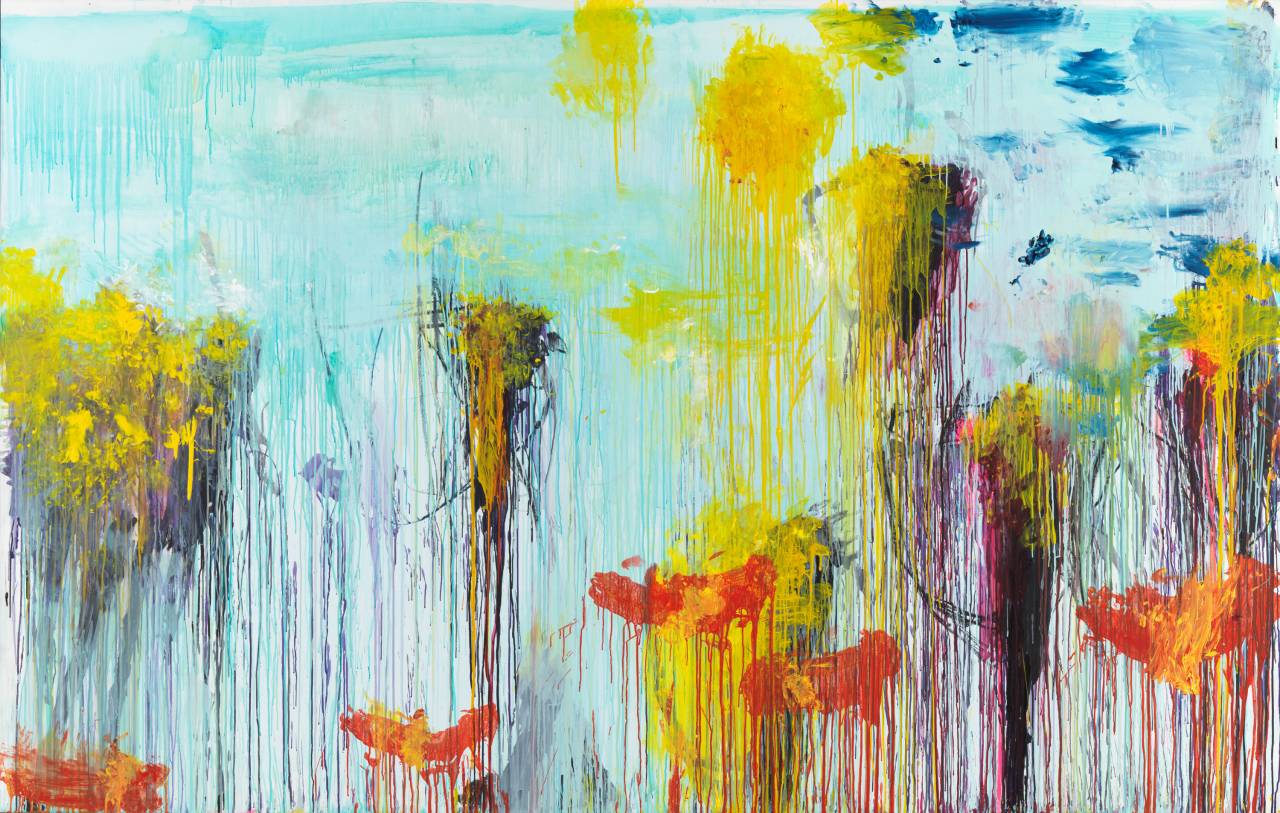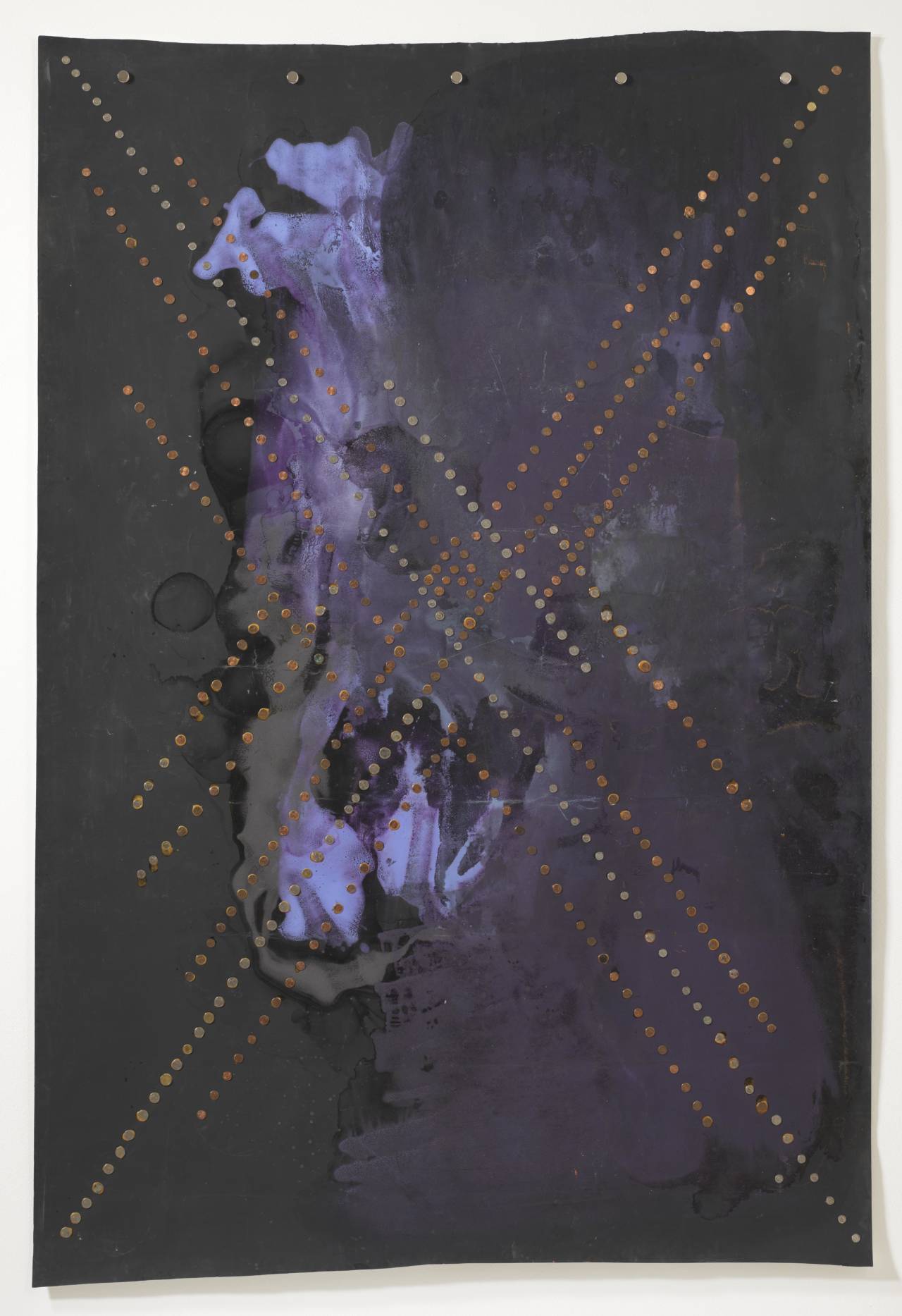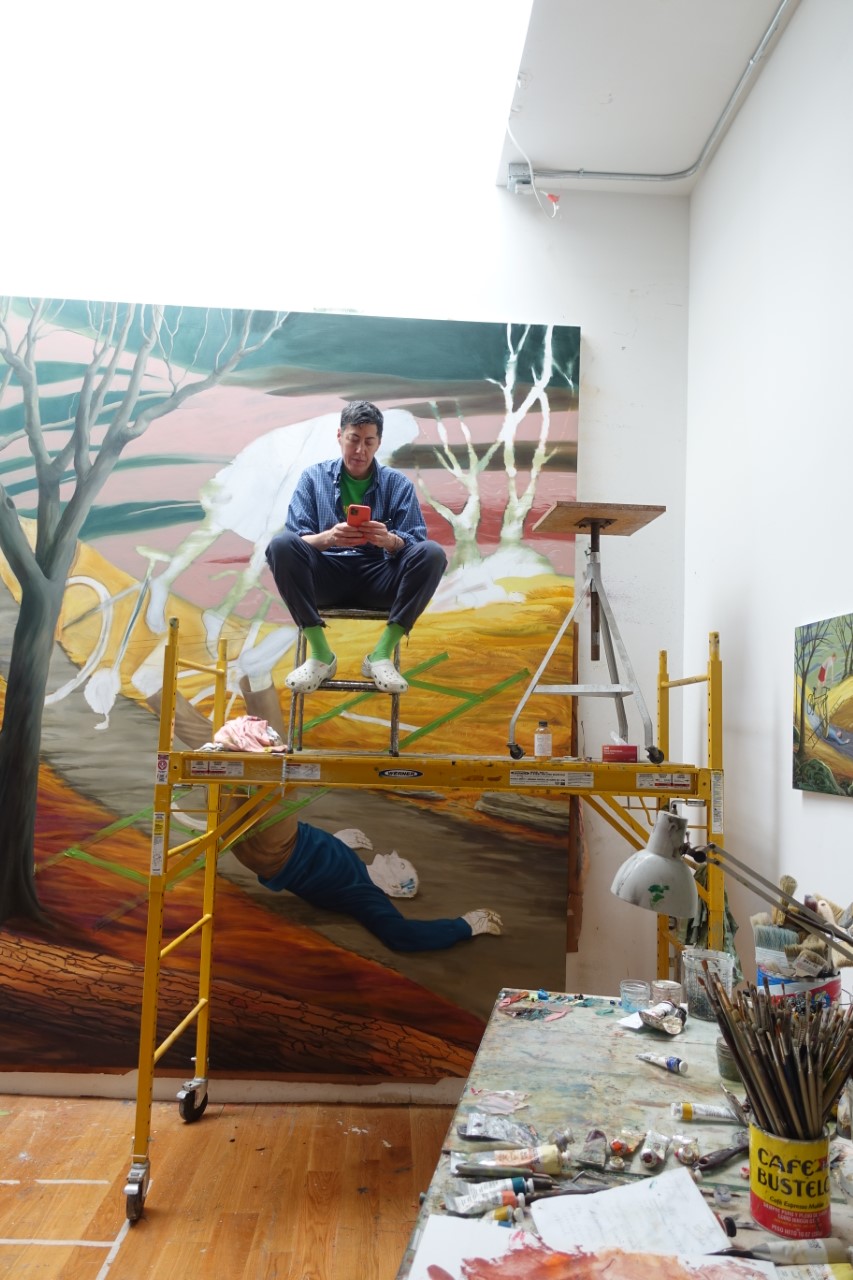Kerstin Brätsch
Artist FactoryDescription
was born in Hamburg.
Associated modules
Kerstin Brätsch is known primarily as a painter and often collaborates on projects with other artists and craftspeople. She is a true team player.
She deals with very different themes in her work: from old tales, poems and legends from Hawaii to digital images on the internet, from materials such as glass and old painting techniques to nuclear catastrophes such as Fukushima in Japan in 2011.
During her studies at Columbia University in New York, Kerstin repeatedly visited fortune tellers to have her future foretold. These ambiguous predictions were the starting point for paintings that she realized on large sheets of paper.
Ponder this
Can a picture itself have supernatural abilities?
TALK ABOUT IT
How does the research of an artist differ from the research conducted by a scientist?
Kerstin uses alchemical recipes of almost forgotten craft processes for her painting. Some of her works, for example, are only really discernable in the light, appear as if the remains of plants or animals have been fossilized in them, or are only created when they have been drawn through a water bath.
In 2007 she and her artist colleague Adele Röder founded DAS INSTITUT, a kind of research laboratory. In the project KAYA, Kerstin cooperated with the sculptor Debo Eilers. They took the name from the daughter of one of Debo’s friends, who is called Kaya. Kerstin and Debo began working with Kaya in 2010, when the girl was 14 years old.
Kerstin often makes large-scale paintings. She explores representations of patterns, color gradients, and light effects, experimenting with different painting techniques and materials in order to create special effects.
Kerstin Brätsch
Unstable Talismanic Rendering 19 (with gratitude to master marbler Dirk Lange), 2014





























